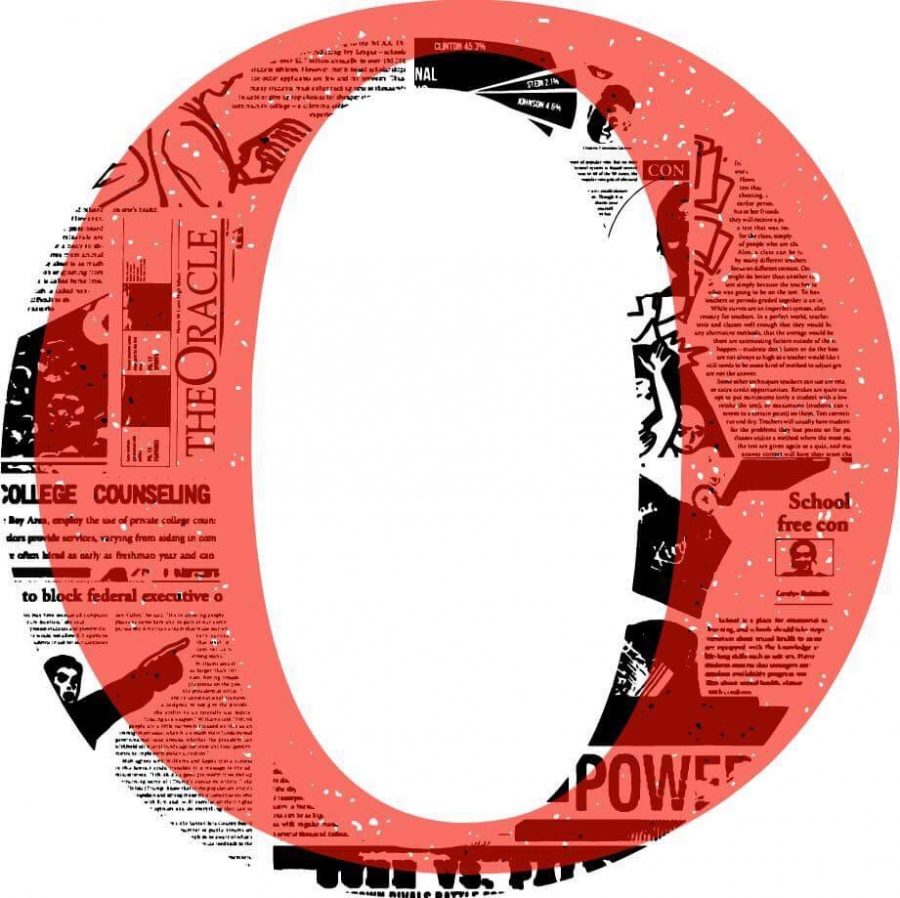Social Comparisons Result in Unhealthy Beauty Expectations
Instagram, Snapchat, Tik Tok and countless other social media platforms alldisplay similar images: flawless skin and tiny waists. Yet what was initially considered to be the world of the internet has now broadened into the world of you and me. I see it here at school, within myself and among my classmates: the temptation to compare ourselves to these impossible standards.
Body shaming and the toxicity associated with it has always existed, anddespite efforts for reform, it seems asthough there will always be an ideal body type. From Barbie’s long legs to Kim Kardashian’s hourglass figure, our culture continues to promote unrealistic body types. As a result, my experience with body image has been subject to constant change.
From an early age, I remember always comparing my body to some outside figure. When I was in elementary school, I idealized the girls in the American Girl Doll magazines. Then, after lining up by height in fourth grade and discovering I was very close to shortest, I longed to be among the tall girls in class who towered over me. In middle school, the comparison shifted from being seemingly harmless to manifesting itself in my life. I began to notice the qualities of the people around me more acutely. I felt the need to mimic the girl next to me, or the latest celebrity. I obsessed over what store someone’s sweater was from and the price of the leggings I soon begged my mom to buy.
I remember one of the first days my thoughts transitioned from being oriented around fashion to being oriented around my body. I was in eighth grade and browsing YouTube when I came across an ABC News video titled, “Thigh Gap Surfaces as Teenage Girls’ New Image Obsession.” I watched the two-minute clip in fascination, learning about the supposed “thigh gap” that was so idolized by high schoolers. I immediately stood up, put my knees together, and checked if my 13-year-old self fit the mold. There it was, a slight gap between my legs where my thighs did not touch, and to this day, I remember the absolute joy I felt upon this discovery.
It makes me sad, frustrated and confused that I was subject to this unhealthy mindset at such a young age. Eighth grade marked a pivotal moment in my journey with my body, yet it did not stop there. When I entered high school, I watched juniors in the halls who I thought were stunning. As a junior now, I’ll visit the profiles of girls on Instagram who look flawless, scrolling through their pictures, then looking in the mirror. I wonder why my legs aren’t as long as that bikini model’s, or why my skin isn’t as clear as that makeup artist’s.
From the idea of a thigh gap I was exposed to at 13 to some clothing stores’ unrealistic expectations, our culture encourages unrealistic standards. I have been, and in some senses still am, a victim to them, and I’m sure many others are too. Yet, I feel that we cannot continue to accept this toxicity as normal. It is not fair to us, our minds and bodies, or to the middle schoolers that just want to fit in.
Your donation will support the student journalists of Henry M. Gunn High School. Your contribution will allow us to purchase equipment and cover our annual website hosting costs.


